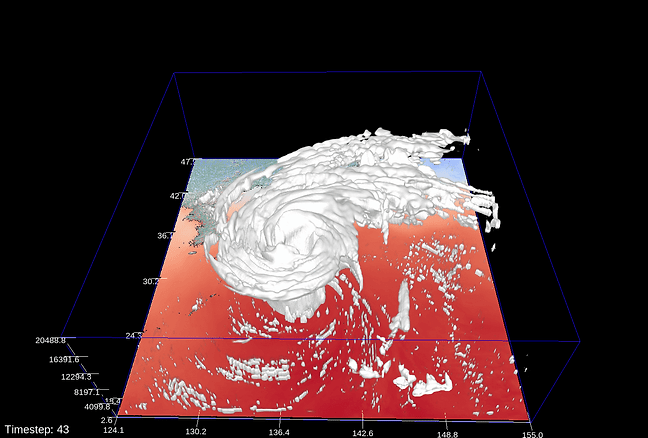
Chuo University
Coastal Engineering Lab
Welcome to Coastal Engineering Lab.

About Us
What is our mission?
At the Arikawa Lab,
-
We delve into phenomena associated with port structures and ground-fluid interactions through hydrodynamic model experiments and modeling via numerical simulations.
-
We are dedicated to the development and enhancement of coastal disaster prediction technologies, including tsunamis, storm surges, floods, and inundation, as well as the development of real-time evacuation support systems.
Our mission at the Arikawa Lab is to give back to society through our research findings and contribute to the realization of a safe, secure, and prosperous future society.
Our Research
Ongoing Research

Tsunami research
In order to evaluate the damage caused by low frequency disasters such as tsunamis, we are taking both experimental and numerical approaches. In the experiments, we measure the wave force using a water tank to estimate the tsunami power more appropriately. In the numerical simulation, we are studying the future risk assessment by reproducing the inundation by tsunami.

Forecasting storm surges caused by typhoons
and floods caused by heavy rains
There has been a lot of research on improving the accuracy of numerical forecasting for meteorological disasters such as storm surges and heavy rains. On the other hand, there are still many phenomena for which the mechanisms are still unclear, such as the simultaneous occurrence of storm surges and floods. Therefore, we are conducting research on the development and improvement of forecasting methods for meteorological disasters, which are difficult to forecast due to high uncertainty, using the latest numerical simulations and machine learning.

Research on waves and coastal structures
Numerical modeling of port and harbor structures is useful for practical design and clarification of phenomena. However, there are some fields where modeling is incomplete or phenomena are not fully understood. Therefore, we use numerical models to study the modeling of wave dissipation works, to clarify the motion of caissons, and to verify the performance of movable breakwaters.

Research for real-time evacuation support
We are developing a system to support evacuation in real time when a tsunami strikes. We are also working on the development of an optimal route search method using evacuation simulation, evacuation AI using databases, and evacuation applications to reduce damage based on appropriate evacuation behavior when a disaster occurs.
Research Facilities
Research facilities
In our lab, we conduct experiments using four experimental tanks set up in the Korakuen campus.
Access / Inquiries
Access to Chuo University Korakuen Campus
5 minutes walk from "Korakuen Station" on the Tokyo Metro Marunouchi Line and Namboku Line
7 minutes walk from "Kasuga Station" on the Toei Mita Line and Oedo Line
15 minutes walk from "Suidobashi Station" on the JR Sobu Line
1-13-27 Kasuga, Bunkyo-ku, Tokyo 112-8551
Department of Civil and Environmental Engineering, Faculty of Science and Engineering, Chuo University
Room 2404, 4th floor, Building 2, Korakuen Campus
TEL: 03-3817-1818 (directly to the lab)










